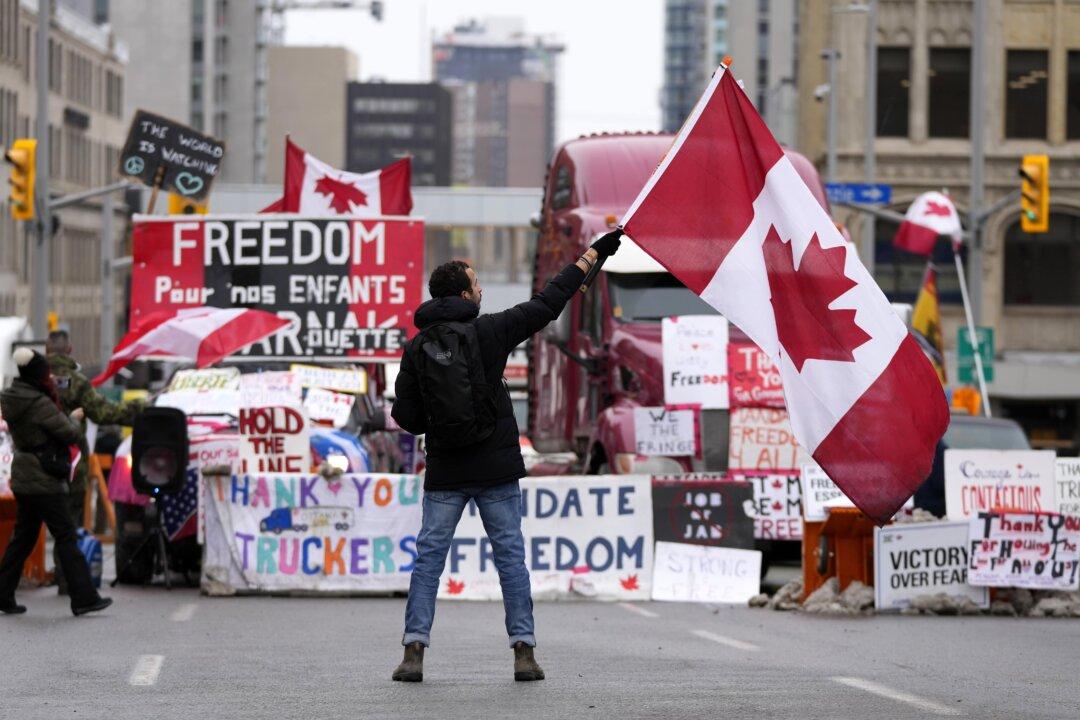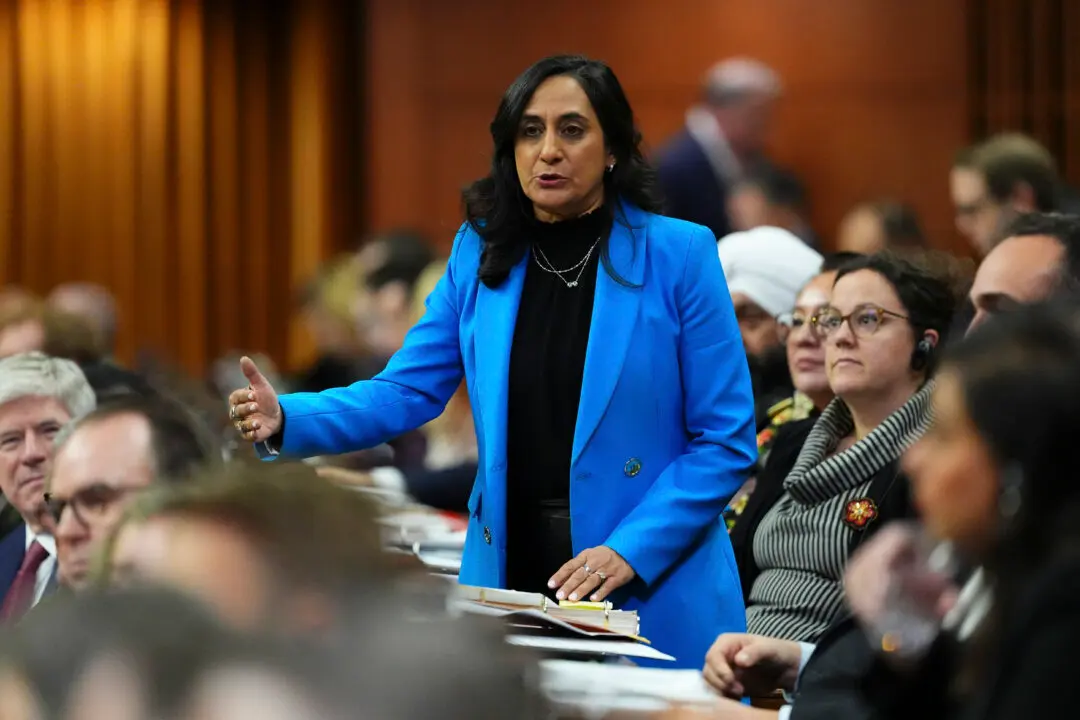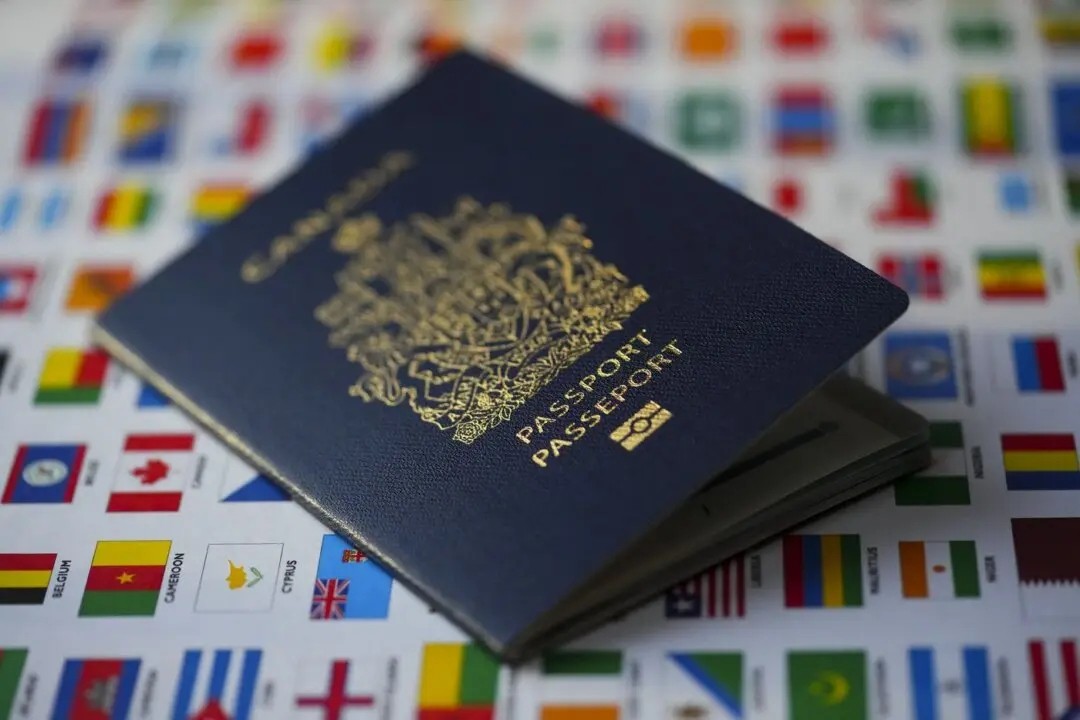An internal email from a senior RCMP officer acknowledged that there was “no serious violence in Ottawa” related to the Freedom Convoy protest—an assessment that differs from that of Public Safety Minister Marco Mendicino.
The email by Deputy Commissioner Brian Brennan to Commissioner Brenda Lucki on Feb. 21 noted that the Emergencies Act (EA) was invoked primarily due to claims of “serious violence” displayed by convoy protesters, but which he did not identify.





